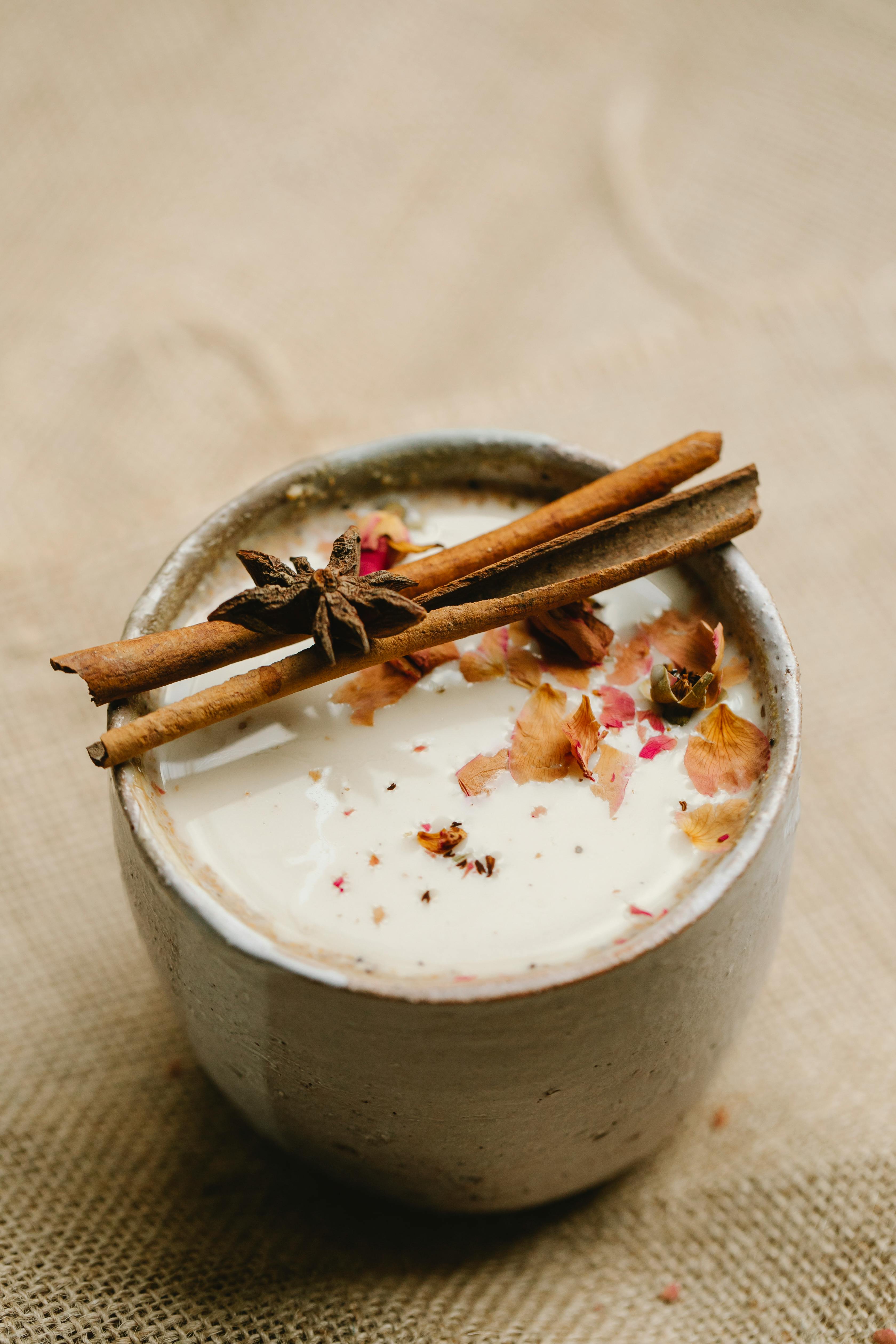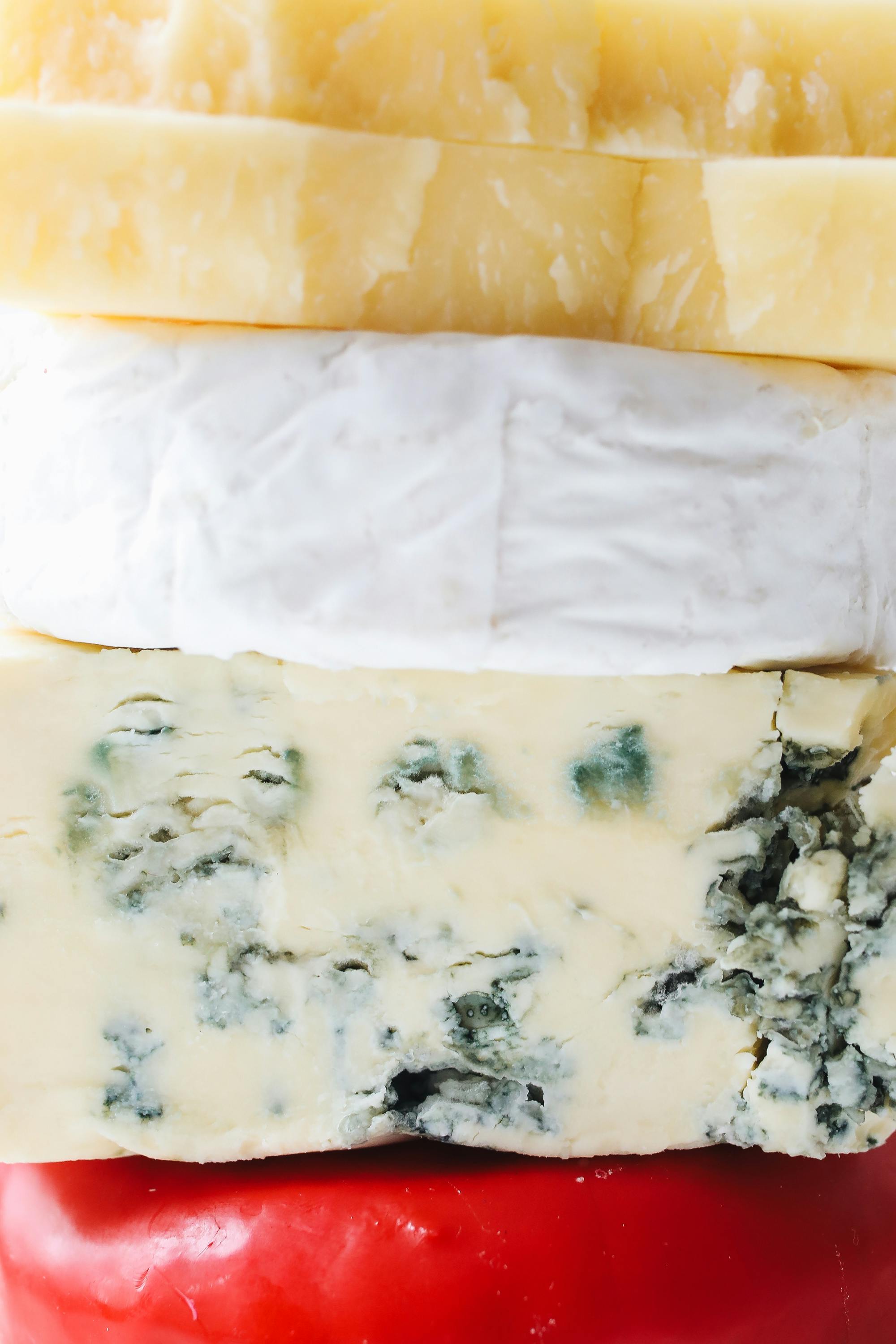The hooded seal (Cystophora cristata) is a species of seal found in the Arctic and Subarctic waters of the northern Atlantic Ocean. It is known for its distinctive white coat, which is used for camouflage in its native environment. Hooded seals are also well known for their unique milk, which has long been used by Inuit populations for a variety of traditional medicinal purposes.
Traditional uses of hooded seal milk include:
- Treating colds and sore throats
- Providing relief for skin ailments
- Alleviating pain from joint injuries or arthritis
Hooded seal milk is also known to be beneficial to digestion, as it contains a high amount of fatty acids and proteins. It can also help to boost energy levels and provide essential nutrients that are not found in other sources, making it an important part of traditional diets in many Arctic communities.A Hooded Seal is a medium-sized seal found in the waters of the North Atlantic Ocean. It is one of the two species of true seals that belong to the genus Cystophora, and the only species in its genus.
The Hooded Seal is characterized by their large inflatable nasal balloon, or “hood”. This hood can be inflated to up to 6 inches in diameter and is used by males during mating rituals. The hood consists of two layers, an inner layer with a spongy texture and an outer layer with a leathery texture. The color of the hood varies from white to dark grey and can have spots or blotches.
The Hooded Seal has a small head with wide-spaced eyes, short snout, large flippers, and a thick fur coat that ranges from grayish-white to grayish-brown in color. They have a lifespan of about 25 years and can reach lengths up to 6 feet long and weigh up to 500 pounds.
Their diet consists mainly of fish, crustaceans, squid, jellyfish, and other small aquatic animals. They typically live in small groups or alone near pack ice areas during the summer months but migrate southwards during winter months when food becomes scarce.
Contents
Physical Characteristics
The hooded seal, also known as Cystophora cristata, is a large seal that can be found in the North Atlantic and Arctic Oceans. It has a distinctive large inflatable bladder on its head, hence its name. It has a dark gray back and lighter gray sides and belly. The hooded seal also has relatively long flippers with distinct white spots on them. Its average length is between 8 to 9 feet and it can weigh up to 700 pounds.
Habitat
The hooded seal is mainly found in the northern regions of the Atlantic Ocean near Greenland, Canada, Iceland, Norway and Russia. They prefer to inhabit the pack ice of the Arctic Circle but can also be found in shallow coastal waters during migration periods.
Diet
The Hooded Seal is an opportunistic feeder that mainly eats fish such as cod, herring or capelin as well as crustaceans such as shrimp or krill. It also occasionally feeds on squid and other invertebrates like sea stars or sea cucumbers.
Reproduction
Hooded seals reach sexual maturity at around 3-5 years old when they begin breeding in May-June each year. Females give birth to a single pup which weighs about 35-50 pounds at birth and is almost immediately abandoned by its mother for two weeks until it moults off its white coat which serves as camouflage from predators like polar bears or killer whales.
Reproduction of the Hooded Seal
The hooded seal (Cystophora cristata) reproduces through sexual reproduction. Breeding occurs annually in the Arctic Ocean, mainly off the coast of Greenland, although some breeding also takes place in Canada and other parts of the Atlantic. Breeding season usually lasts from mid-March to mid-April. Courtship rituals involve displays of vocalizations and body movements such as “head nodding”. Mating usually occurs during this time, but may also take place in early summer or late winter. After mating, females will give birth to a single pup on drifting ice near shore. The pup is born with a thick white coat that acts as camouflage against predators. Females provide no parental care and leave their pups shortly after giving birth.
Lifespan of the Hooded Seal
The average lifespan of hooded seals is approximately 25 years in the wild, although some individuals may live up to 40 years old. They are believed to reach sexual maturity around five years old and begin breeding at that time. Hooded seals are vulnerable to predation by polar bears, killer whales, and humans for their fur and oil which is used for food and cosmetics products. As a result, their population has been decreasing over time and they are now listed as an endangered species on the IUCN Red List of Threatened Species. Conservation efforts have been implemented in order to protect this species from further decline.

Conservation Status of the Hooded Seal
The conservation status of the hooded seal is considered to be near threatened. This species is found mainly in the North Atlantic Ocean and is particularly abundant in the waters off Labrador, Canada. The population of this species has been steadily declining due to overfishing and other human activities like pollution. In addition, climate change has also had an effect on their habitat as well as their food sources.
In order to ensure that this species does not become endangered, a number of measures have been taken by governments in Canada and other countries. Fishing restrictions have been implemented in order to prevent the accidental capture of these animals. Additionally, marine protected areas have been established to help maintain healthy populations.
Furthermore, governments are actively engaging in research and monitoring activities with regards to the population trends of this species. This includes tagging studies which provide valuable insights into their movements and behavior as well as assessment surveys which provide important information about population size and habitat use. All these efforts are helping to ensure that this species does not become endangered in the future.
Overall, although there is still much work to be done, conservation efforts for the hooded seal are showing some positive results and its population is slowly increasing again. It is important that we continue our efforts so that this species can remain a part of our ocean’s ecosystem for years to come.
The Traditional Use of Hooded Seal Milk
Hooded seals, which inhabit the icy waters of the North Atlantic and North Pacific Oceans, have long been a source of sustenance for people living in northern regions. The hooded seal has been used for centuries by Indigenous people living in Newfoundland and Labrador, as well as other coastal communities, as a source of nutrition and medicine. The milk from hooded seals is rich in calcium, vitamins A and D, and omega-3 fatty acids, making it an important part of the traditional diet.
The milk is traditionally consumed fresh or frozen, or boiled into a thick pudding-like consistency. It can also be made into cheese or cream cheese by adding salt and leaving it to ferment. In some cases, the milk is mixed with water to create a porridge-like dish called “Gullik.” Traditional recipes also call for adding wild berries or other ingredients to the milk to enhance its flavor. Additionally, hooded seal milk is used topically to treat skin ailments such as rashes and cuts.
Hooded seal milk has long been valued for its nutritional benefits as well as its medicinal properties. It is believed that consuming the milk can help strengthen bones, improve vision and reduce inflammation. Hooded seal milk also has antibacterial properties that can help fight off infections when applied topically. In addition to its use as food and medicine, hooded seal milk has historically been used in ceremonies and rituals by many Indigenous cultures.
Today, hooded seal milk continues to be consumed by Indigenous communities living in northern regions around the world. Although access to this traditional food source can be limited due to commercial fishing practices in certain areas, there are efforts being made to conserve the species and ensure that this traditional practice can continue for generations to come.
Benefits and Potential Uses of Hooded Seal Milk
Hooded seal milk is one of the most nutrient-rich and sought-after substances in the world. It contains high levels of healthy fats, proteins, vitamins and minerals that make it an ideal choice for a variety of purposes. The benefits and potential uses of hooded seal milk are as follows:
Nutritional Benefits
Hooded seal milk is high in essential vitamins and minerals like calcium, magnesium, zinc and iron. It is also rich in healthy fats such as omega-3 fatty acids, which help to reduce inflammation in the body and can help protect against chronic diseases such as heart disease. Additionally, hooded seal milk is low in lactose, making it easier to digest than regular cow’s milk.
Uses
Hooded seal milk has many uses both internally and externally. Internally, it can be used for cooking or baking, or added to smoothies for a nutritious boost. Externally, it can be used as a moisturizing agent for skin or hair care products. Additionally, hooded seal milk has been studied for its potential use as a food supplement due to its high nutrient content.
Potential Health Benefits
The health benefits of hooded seal milk are still being studied but some promising research suggests that it may have anti-inflammatory properties which could help reduce the risk of certain chronic diseases. Additionally, hooded seal milk has been shown to contain anti-microbial properties which could be beneficial in treating skin conditions such as eczema or psoriasis.
In conclusion, hooded seal milk is an incredibly versatile substance with numerous potential benefits and uses. From providing a nutritional boost to potentially helping treat skin conditions, this unique substance has something to offer everyone.

Conclusion
Hooded seal milk has been an important part of traditional Inuit culture for centuries. While there are many potential health benefits associated with it, the most important use is as a valued source of nutrition and sustenance. The milk is often used to make butter, oil and cheese, and also consumed raw or as a part of a drink. It is also used in traditional medicine. Although the traditional use of hooded seal milk has been passed down through generations, modern research is needed to explore its potential health benefits.
In conclusion, hooded seal milk is an important part of Inuit culture and has many potential uses. It is valued as a source of nutrition and sustenance, used to make products such as butter and cheese, consumed raw or as part of a drink and even used in traditional medicine. Further research should be done to explore the potential health benefits associated with it.
0 Comments